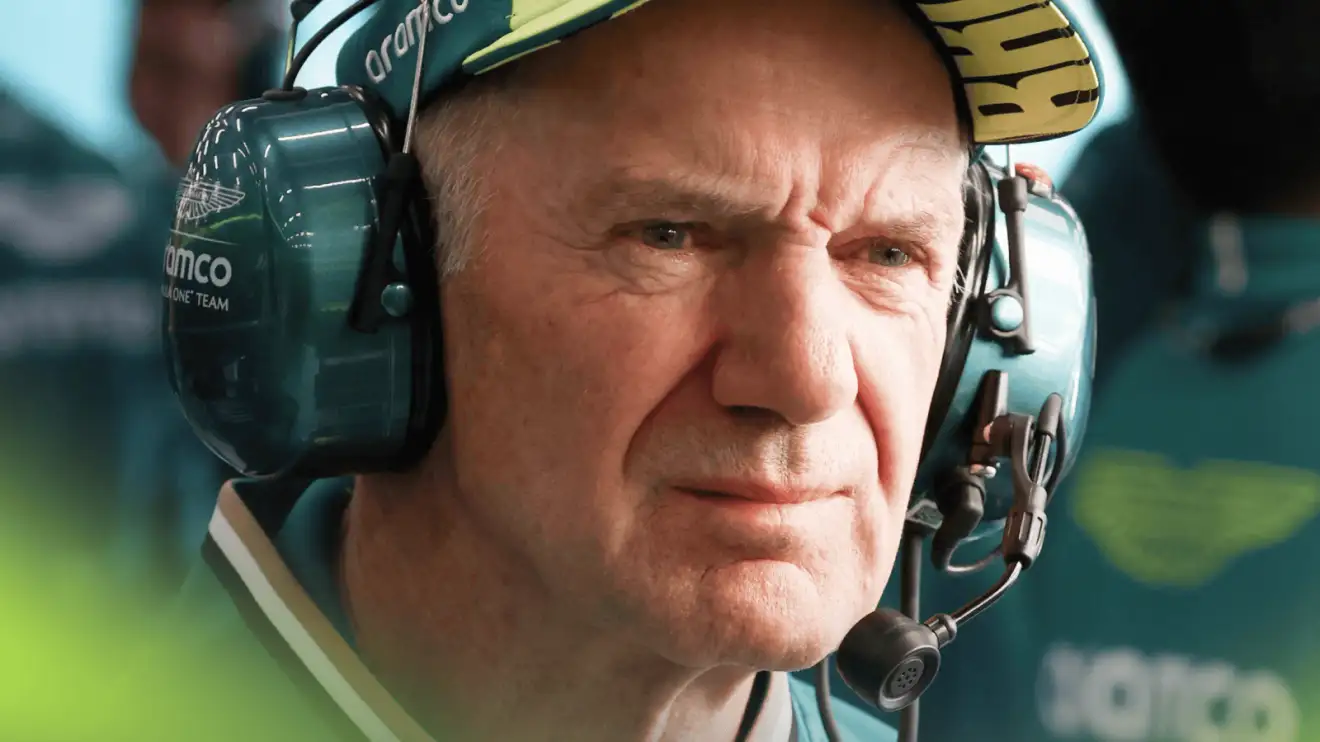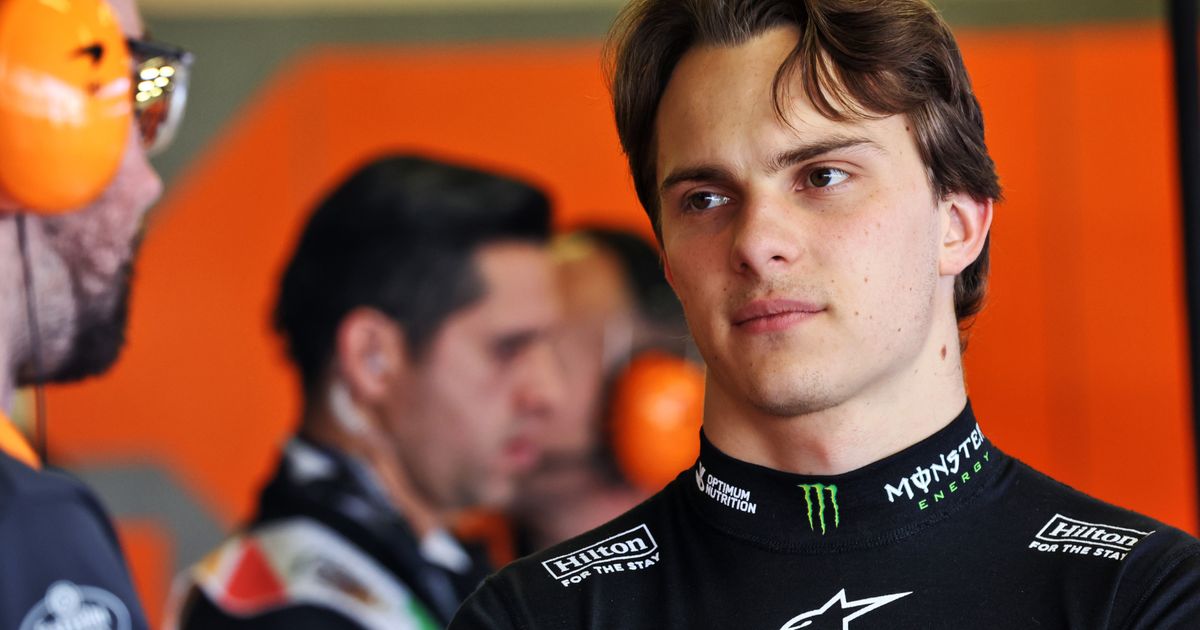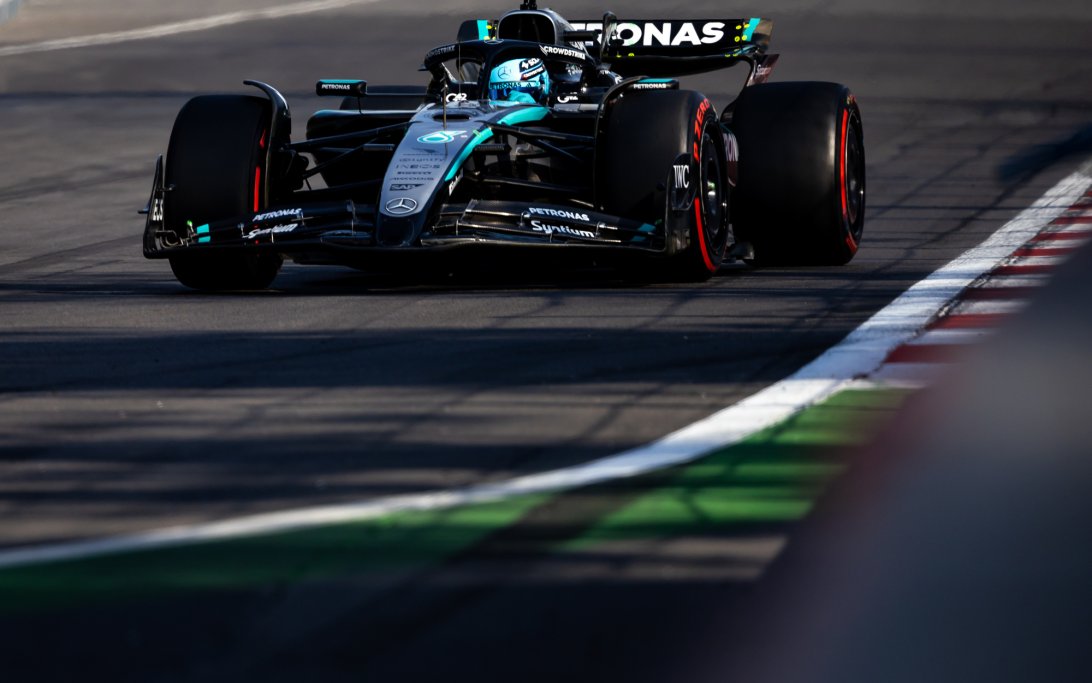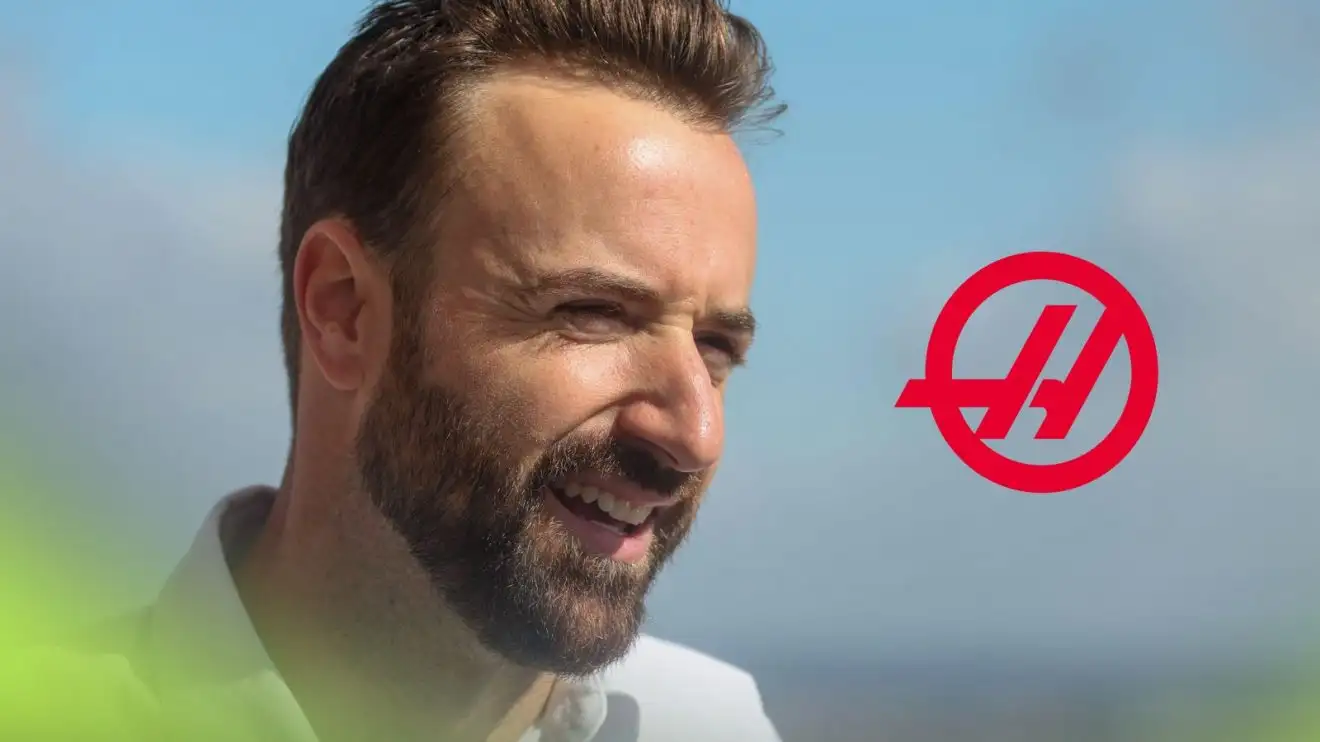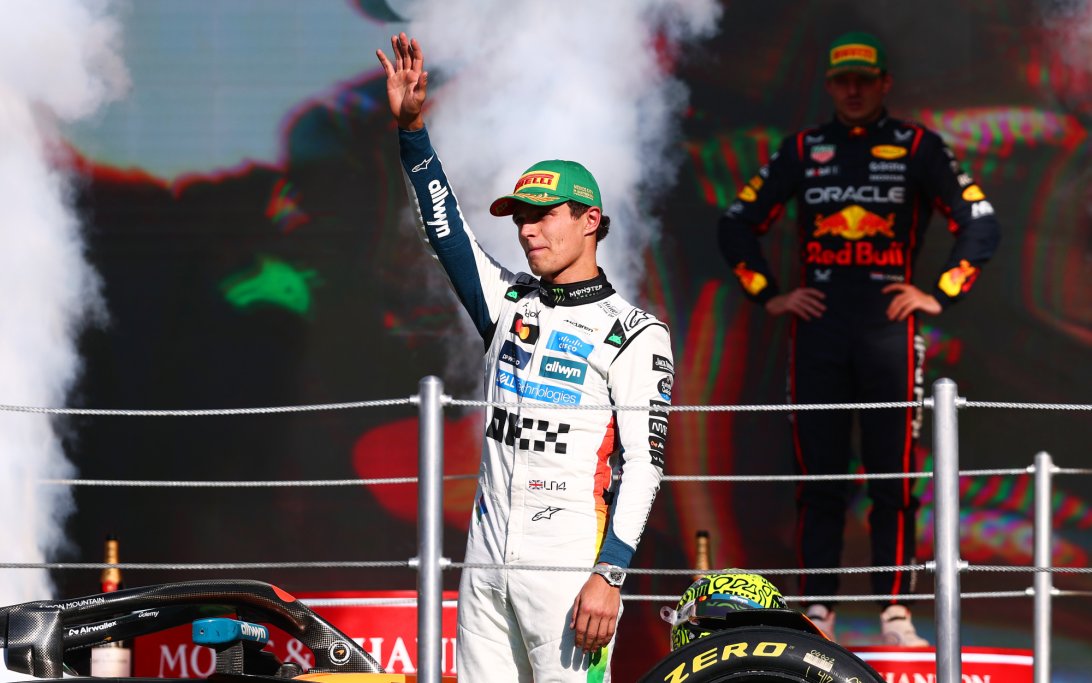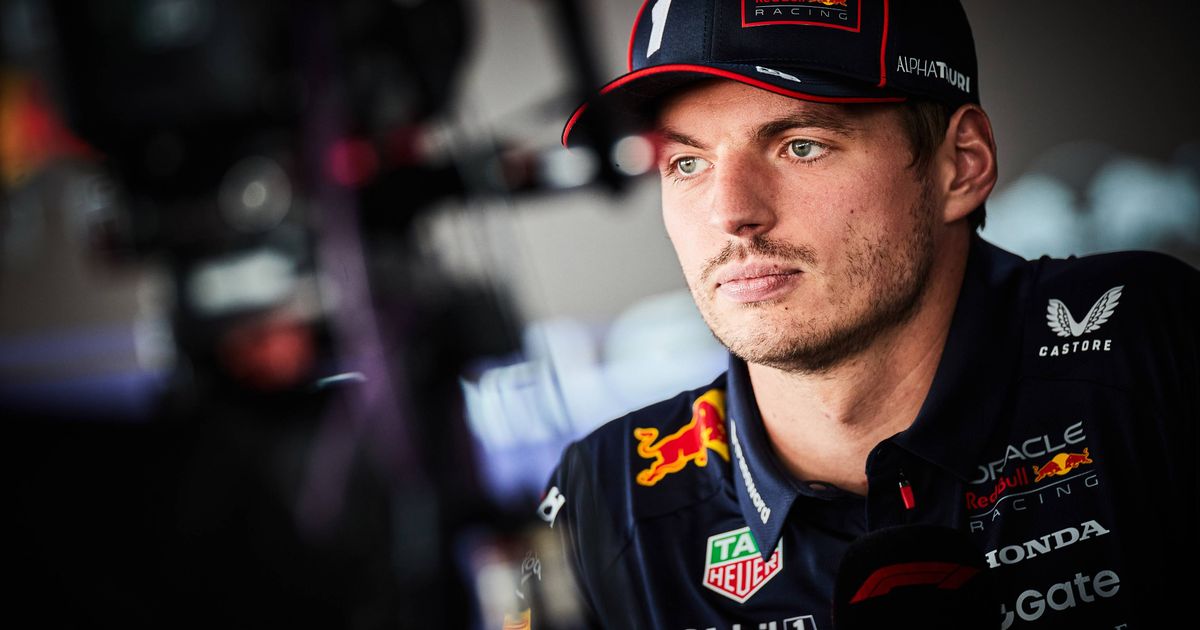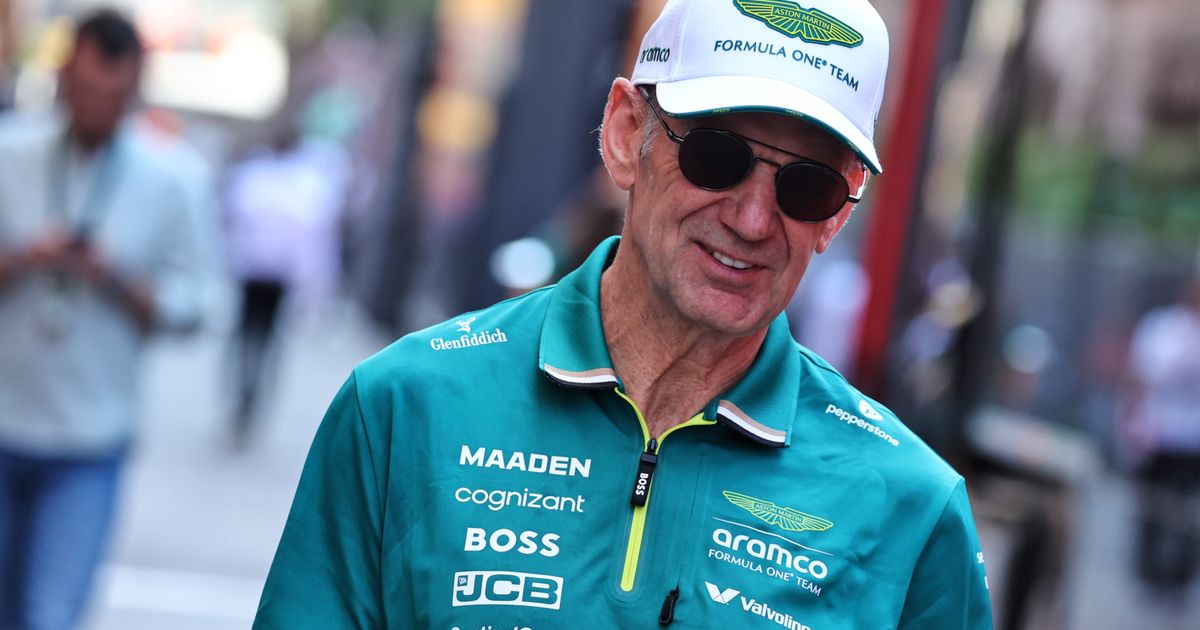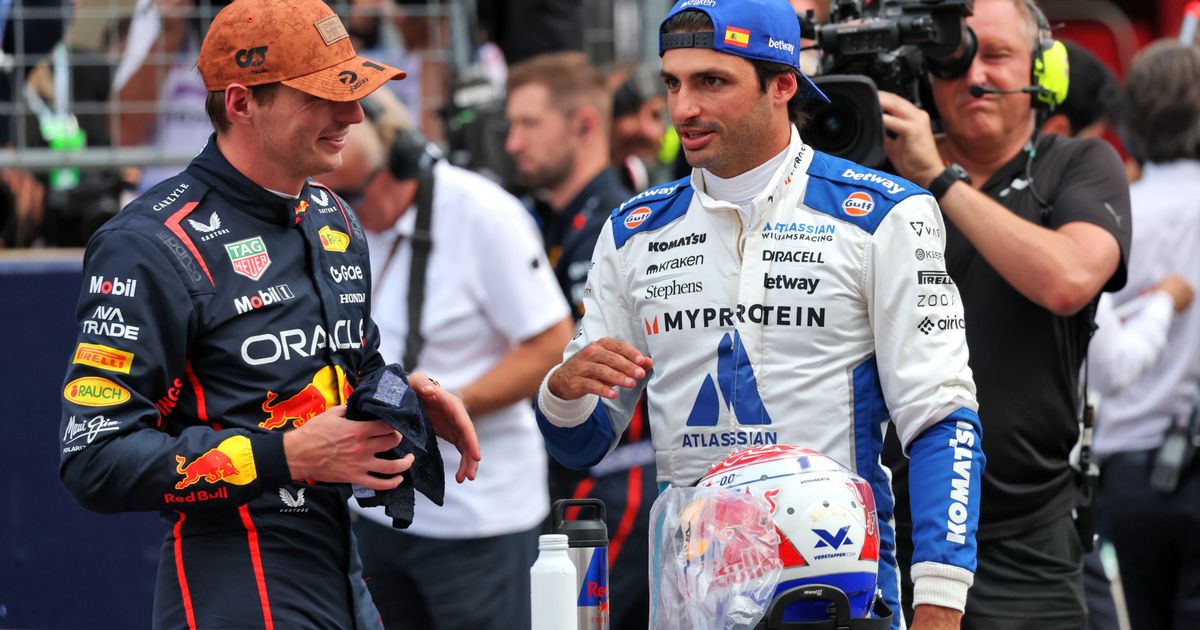
Carlos Sainz Defends Controversial VSC Deployment at Mexico GP
Carlos Sainz believes he "put the car safe enough" after his retirement from the Mexico City Grand Prix triggered a controversial Virtual Safety Car (VSC). The late-race incident, which neutralized the field with just one lap remaining, drew criticism from fans eager for a thrilling finish.
Why it matters:
The VSC deployment significantly impacted the race's conclusion, preventing potential last-lap battles for podium positions and points. Sainz's explanation addresses the rationale behind his actions and the subsequent race control decision, shedding light on the complexities faced by drivers and officials in rapidly evolving race scenarios.
The Details:
- Sainz's Retirement: On Lap 68, Sainz spun out in the stadium section, bringing his smoking Williams to a halt. He maneuvered the car to a gap in the barriers, stating, "I felt I put the car safe enough. I don't know if it was VSC, double yellow or what, but I definitely tried to avoid any of that."
- Race Impact: The VSC was deployed, effectively freezing the gaps between cars. This halted thrilling potential battles, including Max Verstappen closing on Charles Leclerc for P2 and Oscar Piastri challenging Oliver Bearman for P4.
- Sainz's Perspective: Despite criticism, Sainz maintained he did "the safest thing I could do," trying to prevent a Safety Car or VSC. He attributed the half-spin to tire overheating and indicated the car was going to retire regardless.
- Incident-filled Race: Sainz's race was already fraught with issues, starting with a chaotic Lap 1 collision. Fernando Alonso tapped Esteban Ocon, causing Sainz to swerve left to avoid, only to collide with Liam Lawson's Racing Bull. This damaged his rim, tire sensors, speed sensors, and pit limiter.
- Penalties and Strategy: Due to the damage, Sainz received two penalties for speeding in the pit lane, further complicating his race strategy. Despite these setbacks, he emphasized his pace: "even if I had a compromised strategy, compromised tyres, compromised car, we were quick – but too many issues."
Between the lines:
Sainz's comments highlight the instantaneous decisions drivers must make under pressure, balancing personal safety, track clearance, and potential race disruption. While his intention was to minimize impact, the VSC rulebook dictated otherwise given the car's position and condition. The FIA later released a statement explaining their decision, suggesting the situation met the criteria for a VSC despite the car being 'safely' parked by the driver.
What's next:
This incident will likely fuel ongoing discussions among fans and pundits about VSC deployment protocols and their impact on race spectacle. While Sainz's actions were aimed at safety, the FIA's adherence to established rules underscores the balance between safety and competitive racing. The incident serves as a reminder of how quickly race dynamics can change and the stringent safety measures in place.
Original Article :https://www.gpblog.com/en/news/sainz-gives-his-version-on-controversial-vsc-at-t...


